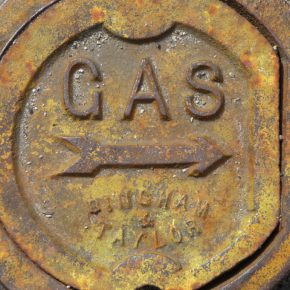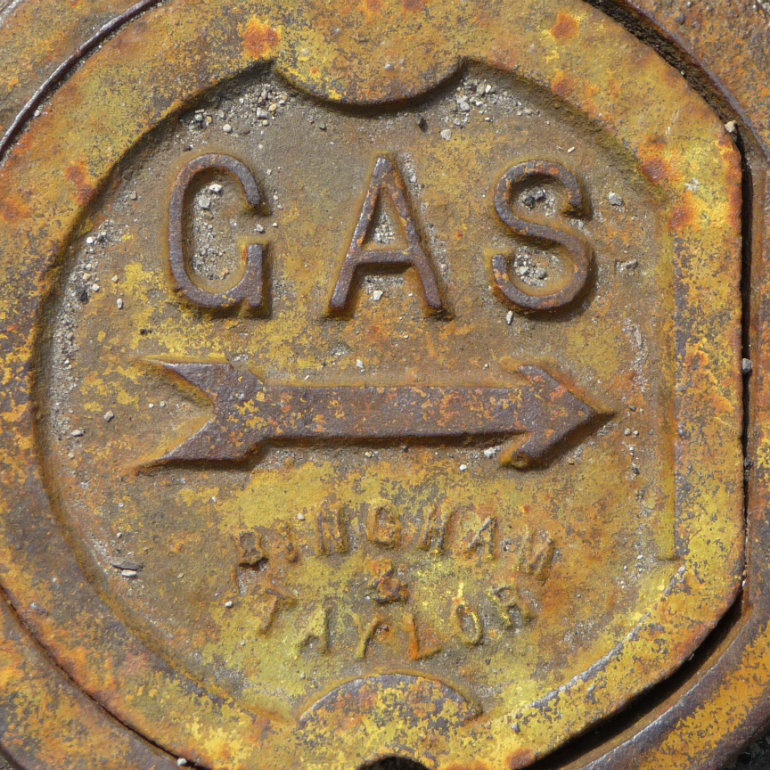Tydzień w gospodarce
Category: Trendy gospodarcze

(John Kannenberg, CC BY-NC-ND)
„On our side, PGNiG and Gaz-System are responsible, and Energinet and Gassco on the Danish and Norwegian side,” said Piotr Naimski, the government’s energy infrastructure representative. Late last year, state-controlled utility PGNiG, also revived plans to build a pipeline by 2022 to carry gas from Norway. PGNiG said the company might consider further acquisitions in Norway that could boost the company’s production in the North Sea to around 3 billion cubic meters (bcm) of gas by 2022.
Poland imports most of the gas it consumers from Russia and has been looking for years to diversify sources of supply, partly because of the unease created by Russia’s interference in neighboring Ukraine. In March the government said a new liquefied natural gas (LNG) terminal and a planned pipeline to Norway will help Poland to reduce its reliance on Russian supplies.
During a visit to Oslo the Polish Prime Minister Beata Szydło said her government would press for a gas pipeline to be built linking Poland to the North Sea. In 2014, PGNiG Upstream International and LOTOS Exploration & Production Norge signed a letter of intent for collaboration in projects on the Norwegian Continental Shelf. The companies agreed to appoint representatives to meet regularly to identify and discuss further potential for collaboration between LOTOS Norge and PGNiG Upstream International.
PGNiG currently holds 14 licenses on the Norwegian Continental Shelf through its subsidiary, PGNiG Upstream International, and operates two of them. Poland recently finished construction of a 3 billion zloty ($794 million) LNG terminal by the Baltic Sea, which is expected to receive its first commercial shipments in July.
Poland consumes some 16 billion cubic meters of natural gas a year, mainly at chemical and fuel plants. Sixty percent of that gas is imported from Russia. Over the last decade, Warsaw has worked hard to reduce that dependency.
On April 2014 Poland increased its capacity to import gas from Germany, when the two nations completed investments that give reverse flow capacity to their respective sections of the Yamal gas pipeline. That pipeline was built to send Soviet gas westwards to Europe. Today, it can direct some 2.3bcm per year of gas in the opposite direction to Poland and up to 5bcm in the event of a Russian supply cut off.
The LNG terminal in Świnoujście, a port on the Baltic Coast, located near the border with Germany, will start its operation in the middle of this year, with its capacity to handle 5bcm of gas per year. The terminal effectively links Poland to the increasingly global LNG market. Together, the LNG terminal and Poland’s own productions of 4.5bcm covers almost 60 per cent of Poland’s demand for gas.
A direct tie to Norway’s North Sea gas fields would further diversify Poland’s gas suppliers. A key element of this vision has been the Baltic Pipe, a project dating back to 2000. The Baltic Pipe is a proposed, 250 kilometer, bi-directional, sub-surface pipeline that would link the gas lines near Kovenhavn on Denmark’s eastern coast, with those in Świnoujście. The EU is now supporting a feasibility study on the project, examining variants ranging in capacity from 2 to 10bcm per year. The Baltic Pipe is estimated to cost approximately 350 million euros and is included in the EU’s list of Projects of Common Interest (PCI).
State run gas group PGNiG has declared that diversifying its import portfolio beyond 2022 is one of its strategic objectives. In a strategy presentation on April, it listed procuring gas “at prices reflecting the current market situation in Europe” as one of its goals – declaring this meant renegotiating of price terms under its Gazprom (Yamal) and Qatargas LNG contracts. PGNiG filed an arbitration claim against Gazprom two months ago; a ruling is due in mid-2017.
Among other goals, PGNiG listed placing more of its gas into foreign markets, while limiting the decline in sales on its home market arising from market liberalization. PGNiG admitted that its current mix was meant to cover Poland’s entire gas demand and that there is “a risk of imbalance in the group’s gas portfolio” if its Polish gas market share is eroded further.
PGNiG also will “assess the rationale for developing international LNG trading within the PGNiG Group.” Many similar-sized European firms like Austria’s OMV/Econgas and Danish Dong already have an LNG trading unit.
PGNiG said that spot gas prices in Germany and other European markets during 2014-15 declined by over 40 percent, enabling rivals to import gas at below the contractual prices that it pays for imports. PGNiG also faces regulatory pressure in that it is required by the Polish regulator to sell at least 55 per cent of its high-methane gas on commodity exchanges or other regulated markets.



